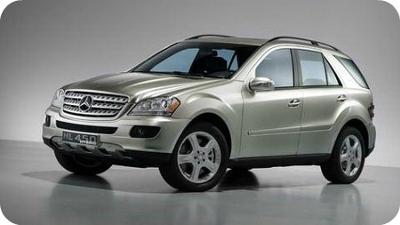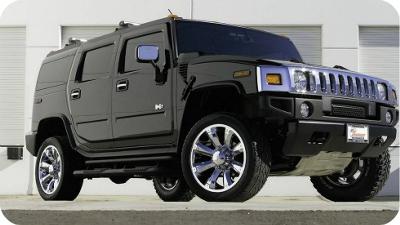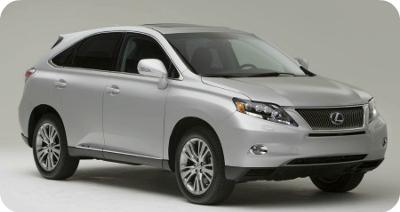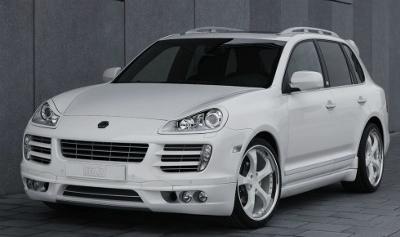BUY UGANDA VANILLA BEANS SOYBEAN OIL
45 years of the car business in Uganda

Mercedes Benz ML Car in Uganda
26-Jan-2012
The car is one of the most wonderful inventions of man. And Ugandans did not miss out on enjoying its fun. The first car came to Uganda in the early days of the 20th century.
By the time Uganda got her independence in 1962, there were about 12,000 cars. Most of them were either owned by white people or government officials. This is much fewer than the 21,000 vehicles that are now bought by Ugandans every year.
In the following years, 1963-65, at least 130 cars were imported on average each year for private use. Again, the government remained the biggest importer of cars with an annual average of 400.
Today, the Hummer, the Mercedes ML or C class, the Porsche Cayenne or the Lexus are the glamour cars on the streets of Kampala. But back then, streets were full of car types that any one under 20 years has never seen.
These included types like the Vauxhall, Anglia, Mini-Fiat, Minor, Ford, Cortina, Dodge, Peugeot, Fiat Mirafiori and VW Beetles and Landrovers. There were also Ford Escorts, the VW Combi, Renaults and Citroens. Those who had more money drove Mercedes Benz cars, Opels, Isuzus and Mitsubishis.
The Kabaka of Buganda had a Rolls-Royce. Trucks included Bedford, Fiat, Austin, as compared to today’s Fusos and Mercedes Benz trucks. Unlike today however, most of the vehicles imported in the country were brand new. The 70s saw the introduction of the famous Datsun 120y and Datsun 1600 SSS. These were truly the cars of the 70s.
There were no second hand cars at the time, as is the case today. Most of the vehicles in Uganda were imported brand new from Europe. “Even cars from Japan at the time were brand new. I imported my Datsun direct from Japan at sh150,000,” remembers Mzee Juma Kajubi.
“I think the Datsun 1600 SSS is the best car built by the Japanese in the 70s,” remembers Salongo Benson Lutwama, who had one. It was the favoured car for intelligence forces and the rich.
“It was very fast, fuel-efficient and very easy to maintain,” says Lutwama, one of the oldest vehicle mechanics in Ndeeba, a Kampala suburb. Today, you can only compare its popularity to that of the Corolla AE 100. Other cars to hit Ugandan roads include the latest Range-Rover and Land-rover V8 models driven by the affluent people of the time. In the early 80s, the short and famous Honda Civic was introduced in the country.
In 1975, Idi Amin imported over 20 Mercedes Benz cars en masse to help transport the hundreds of delegates who attended the OAU conference in Kampala that year.
This is comparable to today, as the Government has imported 60 VIP BMWs to cater for transporting CHOGM guests. A around that time, a young business-man called Gordon Wavamunno won the Mercedes franchise in Uganda. Wavamunno had been in the car hire business for years. Spear Motors remains one of Uganda’s leading importers of new cars.
In the 70s, apart from Spear Motors, groups like Afro Motors and Uganda Motors had already established themselves in the car import business.
At Independence, taxi transport was done by saloon cars, mainly the VW Beetle or Kikere and VW Combis. These were in addition to buses that had the infamous hunch back (mugongo gwa mbwa) that plied different parts of the country. Some of the buses were double-deckers, locally known as Kabandole.
In the 70s, pick-up trucks fitted with a box body at the back started operating. They were called matatus. Most of them were actually Peugeot 204s.
Again, they operated alongside buses, mainly run by Uganda Transport Company (UTC). The government transport company had been set up in 1975 by Idi Amin.
“I remember children were not supposed to pay in the buses. Any body who could not touch his left ear with his right hand over his head was deemed to be a child,” says Suzaana Magambo of Bukoto.
In the early 80s, vans were introduced into the taxi industry. Most of them were Toyota Caravans, and came to be known as ‘Kigaati.’ It was also around this time that the mass importation of second hand cars started. In the late 80s, the Toyota Hiace ‘Kamunyes’ were introduced.
“When Kigaati came, the taxi industry changed for the better. I was driving a very old pick up, when my boss bought the Kigaati,” says Moses Busulwa, who has been driving taxis since 1979.
UTC was sold off by government in the early 90s because it was one of the loss-making companies. Transport was left in the hands of private bus owners. “The liberalisation of the transport sector was good for individuals who wanted to engage in passenger transportation, since they were no longer facing competition from the government,” says Mzee Erias Lubwama, who owns several taxis.
He explains, however, that it was not good for the passengers, who were benefiting from the low charges by UTC. “But overall, I think people are travelling more comfortably now than they were before,” he says.
At the moment, there are over 12,000 taxis and 250 buses operating in Uganda. Until the late 80s, there were no serious traffic jams in the city. This was largely attributed to the small number of cars that were in the country.
According to records at Uganda Revenue Authority, more than 3,000 vehicles enter the country every month, compared to around 20 for the same period in 1962.
“The city roads were not planned for the number of vehicles in the city today,” observes urban planner Stuart Mugasa. Believes that the current initiatives aimed at easing traffic congestion — like the construction of automated junctions with traffic lights, the Northern Bypass and the planned Southern Bypass — will bear fruit.
By Joshua Kato: The New Vision Newspaper
If you haven't yet found what you were looking for or you need detailed information about the subject matter on this page then... feel free to ask our business travel consultants. |











